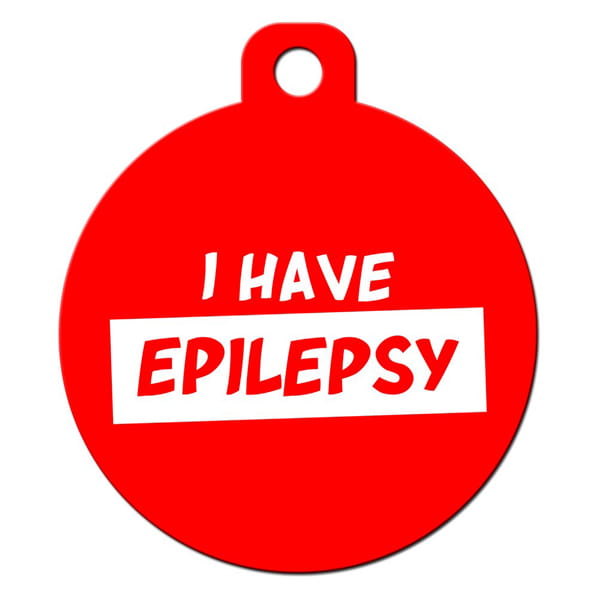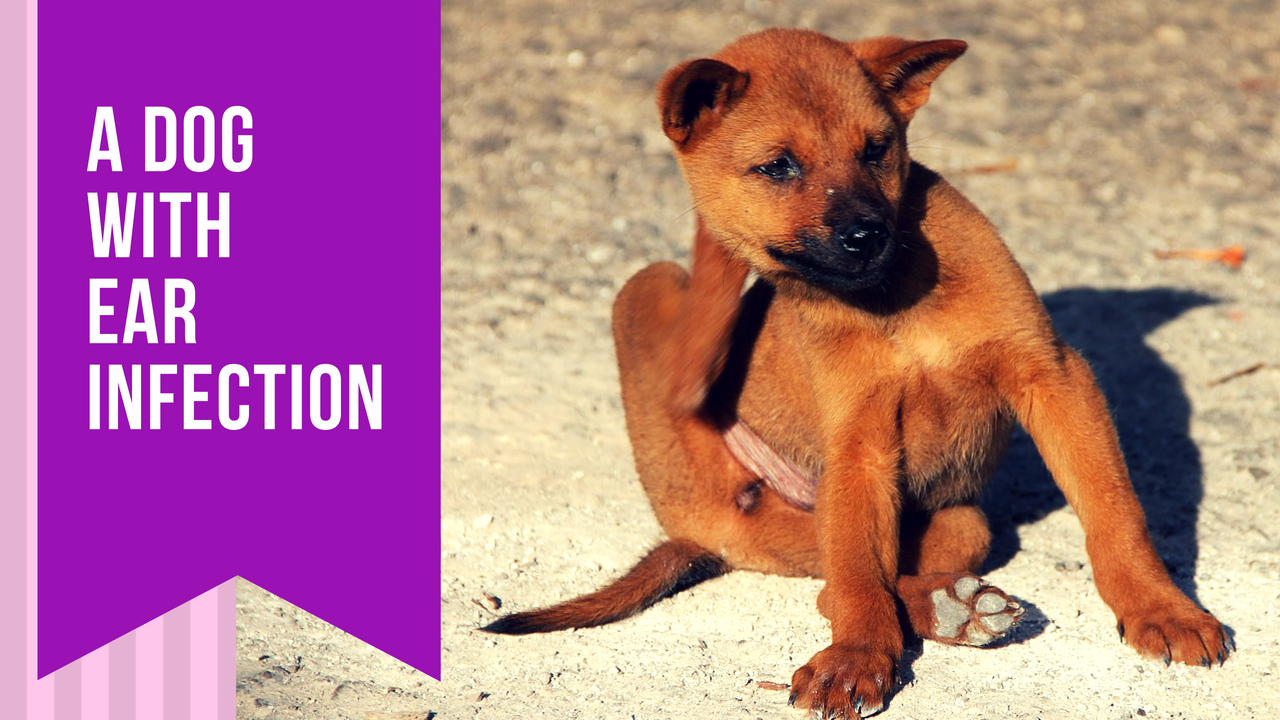Phenobarbital is given to dogs with epilepsy. The drug is a part of the family of drugs called barbiturates and is a long-acting anticonvulsant medication. This means it remains in the body long-term and helps reduce seizure activity. Phenobarbital is a barbiturate and non-selective CNS depressant and anticonvulsant. It can be used alone or in combination with other drug therapies and has been shown to be effective for treating epilepsy in 60 to 80 percent of dogs.
It’s the most common prescription medications vets turn to in these cases and can also be used to treat other seizure disorders in dogs. Phenobarbital is also sold under the brand names Barbita and Luminal.
Many dog owners are familiar with the term epilepsy, but they do not know exactly what the condition is. Seizures can be caused by any number of underlying medical conditions, including a liver shunt, brain tumor, or toxin ingestion.
Epilepsy is a diagnosis of elimination. This means that once a dog has been examined and all other causes of seizure activity have been ruled out, the dog is diagnosed as having epilepsy.
Dogs with epilepsy might have clusters of seizures that occur within a 24to 48 hour period and range from mild to severe. It is possible for a dog to enter a seizure that doesn’t end which is life-threatening and known as status epilepticus.
Seizures are unpleasant for dogs and distressing for dog owners, which is why it’s so important to reduce seizure frequency and severity. Phenobarbital works to do this for many dogs or might be used temporarily or in conjunction with other treatments to make seizures less traumatizing for dogs and their owners.

Phenobarbital works by reducing and stabilizing neuron activity in a dog’s brain. It also increases GABA, which soothes nerves and decreases glutamate, which is a neurotransmitter known to stimulate the nervous system.
It is very effective for decreasing or eliminating seizures in epileptic dogs, but there are side effects. It’s important to understand the risks associated with phenobarbital before giving it to your dog and to work closely with your vet when treating your dog with this medication.
Like many drugs designed for humans, phenobarbital has not been approved for use in dogs and other animals, but it is often prescribed “off-label” for such uses. It’s only available via a prescription from a licensed veterinarian and if you are given a prescription for your dog it’s important to follow the directions your vet gives you exactly.
Phenobarbital is one of a few different drugs used for treating epilepsy and seizures in dogs, so it’s a good idea to ask your vet why he or she thinks it’s the optimal choice for your pet if it’s the one that is suggested. More often than not, vets opt to prescribe phenobarbital because it’s been shown to be effective and it’s less expensive than other options.
Occasionally, phenobarbital is given to dogs as a sedative.
The dosage recommended by your vet will be based on your dog’s body weight and specific circumstances. You should follow whatever has been recommended by your vet, but we’ve provided general guidelines for dosage so you can compare what’s considered the norm to what your vet recommended. If the dosage recommended by your vet seems different than what is listed below, it’s a good idea to double-check with your vet about his or her recommendations and ask for an explanation regarding the variation.
In most cases, you’ll begin administering phenobarbital for dogs in a dosage of 1 to 2 mg per pound of bodyweight twice a day. The dosage can be increased up to 8 mg per pound of body weight per day based on how your dog responds to the smaller doses of the medication.
It is possible to overdose on phenobarbital which would result in depression of your dog’s immune system. You should watch for signs of overdose and be ready to take action if you suspect your dog has been given too much phenobarbital or accidentally ate the medication. Always keep phenobarbital and other medications out of the reach of dogs and children.
It should be noted that phenobarbital might be measured in grains and not milligrams. One grain equals 60 mg and the drug is available in doses as small as a quarter grain (15 mg). This means you might need to alter the grain before giving it to your pet. Phenobarbital is also available in injectable form.

Using phenobarbital to treat epilepsy and other seizure disorders in dogs is generally considered safe, but there is a risk for some short-term and long-term side effects. In most cases, side effects clear up in a few weeks, but it’s still important to monitor your pet after administering the medication and report any issues to your vet, even if they do not seem serious or directly connected to the drug.
The most common side effects seen when giving phenobarbital to dogs include:
It’s also possible that long-term use of phenobarbital could cause liver damage in dogs, so your vet should carefully monitor your pet for liver health issues if he or she is taking the drug over an extended period of time. This is one of the reasons it might be best to consider an alternative treatment for the long-haul.
Phenobarbital is not safe for dogs with certain pre-existing health conditions. These include:
If you suspect or know your dog has any of these issues, make sure you discuss it with your vet before giving your dog phenobarbital. Never assume your vet is aware of your dog’s pre-existing conditions or remembers there is a pre-existing condition. This might be the case, but it’s best to bring up the issue and be on the safe side since you are exposing your dog to risk.
Allergic reactions are possible when a dog is taking phenobarbital. Make sure you know the signs and symptoms of an allergic reaction and contact your vet or seek emergency medical attention immediately if you notice any signs after giving your dog the drug. An allergic reaction to phenobarbital or any other drug can be life-threatening, so you are better off risking an overreaction and seeking medical treatment than assuming the reaction is normal and putting your pet’s life at risk.
The most common signs of an allergic reaction include:

Dogs taking phenobarbital or any other medication intended to treat epilepsy or seizures must be carefully monitored. Phenobarbital is most effective when it reaches a steady-state concentration in the bloodstream at a therapeutic dose, which tends to be narrow. Your vet should assess how much to give your dog based on how often he or she is experiencing seizures and the results of blood liver enzyme tests after taking phenobarbital. Phenobarbital levels in the blood need to remain steady, which means your dog must be given regular doses of the medication, ideally on a 12-hour timetable. When a dose is missed a seizure can occur.
Addiction to phenobarbital, as we might imagine addiction to pain medication in humans, is not exactly a problem for dogs, but it is necessary to carefully wean a dog off the medication when the decision is made to no longer administer it. This is because seizures can be triggered when the drug is suddenly stopped. You should never stop giving phenobarbital to your dog unless your vet has specifically recommended doing so. Any sudden changes in dosage can lead to serious, recurrent seizures.
Like all drugs, phenobarbital can trigger side effects that range from mild to severe. The most common include:
These side effects can seem disturbing at first, but most reduce in severity or fade as your dog’s system gets used to the mediation. Dogs that are just beginning their course of phenobarbital tend to be groggy, but as their body gets used to the drug in about three to four days, the side effect typically wears off. If it does not, alert your vet to the issue.
Dogs that seem excessively sleepy might need an adjustment in dosage or to use phenobarbital in conjunction with another medication. Other side effects that are rarer include the development of an eye tick or twitch or a rash.
Use of phenobarbital, especially long-term, can damage the liver. This is especially true when it is administered at high dosages. Your vet should monitor liver health while your dog is taking phenobarbital and it should be avoided for dogs that already have a pre-existing liver condition.
Other side effects dog owners have seen after giving their dog phenobarbital include:
Increased or excessive hunger and/or thirst
Dogs taking phenobarbital sometimes experience excessive hunger and thirst and might eat or drink a lot more while on the medication.
This is likely linked to the increased intake of water due to excessive thirst triggered by the medication. If you are struggling to keep up with outdoor potty trips, these potty pads can be useful.
Again, triggered by the increased hunger caused by the mediation.
Hyperexcitability and restlessness
Some dogs experience the opposite reaction than most to phenobarbital and become hyperactive and restless. If your dog whines, paces, pants more than usual or seems otherwise restless when taking phenobarbital, let your vet know.
This occurs when a dog loses coordination in his or her hind end or experiences hind end weakness. Let your vet know if this is a problem for your dog.
One of the most common side effects when dogs take phenobarbital is depression. Symptoms of depression in dogs include being listless or disinterested in normal activities and sleeping more than usual.
Phenobarbital can cause your dog to feel lethargic or seem out of it. It’s a common reaction initially, but if it continues beyond a few days you should let your vet know.

Though generally considered safe for treating epilepsy in dogs, there are situations in which phenobarbital would not be appropriate.
It’s possible that any other medications your dog is taking could increase the strength of phenobarbital. This means the drug might not be an option for your dog, but at the very least your vet will need to adjust the dosage to account for the increased potency. Phenobarbital should not be used in combination with CNS depressants, opiate agonists, griseofulvin, chlorambucil, and some antihistamines.
It’s also possible that other medications your dog is taking will reduce or eliminate the effects of phenobarbital. For instance, beta-blockers, metronidazole, and some steroids tend to make phenobarbital ineffective.
Other drugs that can interact poorly with phenobarbital include:
Make sure your let your vet know everything your dog is taking – prescription, over-the-counter, and “natural” medications alike – before giving your dog phenobarbital.
Regardless of the medications your dog is taking, there are instances in which phenobarbital should not be used. This includes dogs that are already dealing with pre-existing medical conditions, including:

Phenobarbital is hard on the liver and over time can cause your dog to develop liver scarring or liver failure, which is an irreversible condition. Your dog’s liver function must be carefully monitored when he is taking the drug and if there are any changes, your vet will likely adjust the dosage or wean him or her off the medication.
Liver damage caused by phenobarbital can be fatal, so it’s important to do all you can to counteract the problem. There is some evidence that when phenobarbital is used in combination with other treatments, including milk thistle or other prescription medications, it increases the risk for liver disease.
If your dog is taking phenobarbital to control epilepsy, it’s important to know what the signs of liver damage are and report any of these signs to your vet. Liver damage signs include:
If your dog experiences any of the above-listed symptoms, you need to contact your vet immediately. All of these symptoms indicate a serious problem likely connected to liver health and your vet will need to conduct blood tests and possibly adjust our dog’s dosage of phenobarbital or wean your pet off the drug entirely and replace it with an alternative treatment.
It is possible that some of these conditions will resolve on their own once the phenobarbital dosage is corrected or once he or she adjusts to the drug, but they can also be signs of a life-threatening condition.
Phenobarbital is also known to cause anemia in rare cases.
Product Image | Product Name | Buy Now |
|---|---|---|
Medical Alert Dog Cat Pet ID Tag - "I Have Epilepsy" | ||
Wee Wee Puppy Pee Pads for Dogs |
There are ways you can reduce or eliminate the risks associated with phenobarbital use, especially if your dog is one of the pets that need to use it long-term.
The best option is to use as little of the medication as possible. The smaller the dose the less the risk of long-term effects. Your vet should conduct careful testing and monitoring to determine what the smallest effective dose of phenobarbital is for your dog.
It’s also important that you carefully monitor your dog. You might want to keep a written log of his or her symptoms and how he or she is responding to phenobarbital once the course of treatment begins. The earlier you catch symptoms the easier it is to make adjustments before serious damage is done. It also allows you to begin treatment of the secondary issues as soon as possible.
It’s important to not take your dog off of phenobarbital without first consulting your vet. There are instances in which dogs are able to stop taking the medication after some time. If your dog has been on phenobarbital for two or more years and has not had a seizure in that time, you should ask your vet about stopping the use of the treatment. This is especially important if your dog is suffering a number of side effects from the drug that are affecting his or her quality of life, but no longer dealing with seizures on a regular basis. Phenobarbital is a use-as-needed medication and whenever it’s not needed it’s important to cease using it. You and your vet can assess your dog’s current health status and make the decision that will best serve him or her in the long-run.







